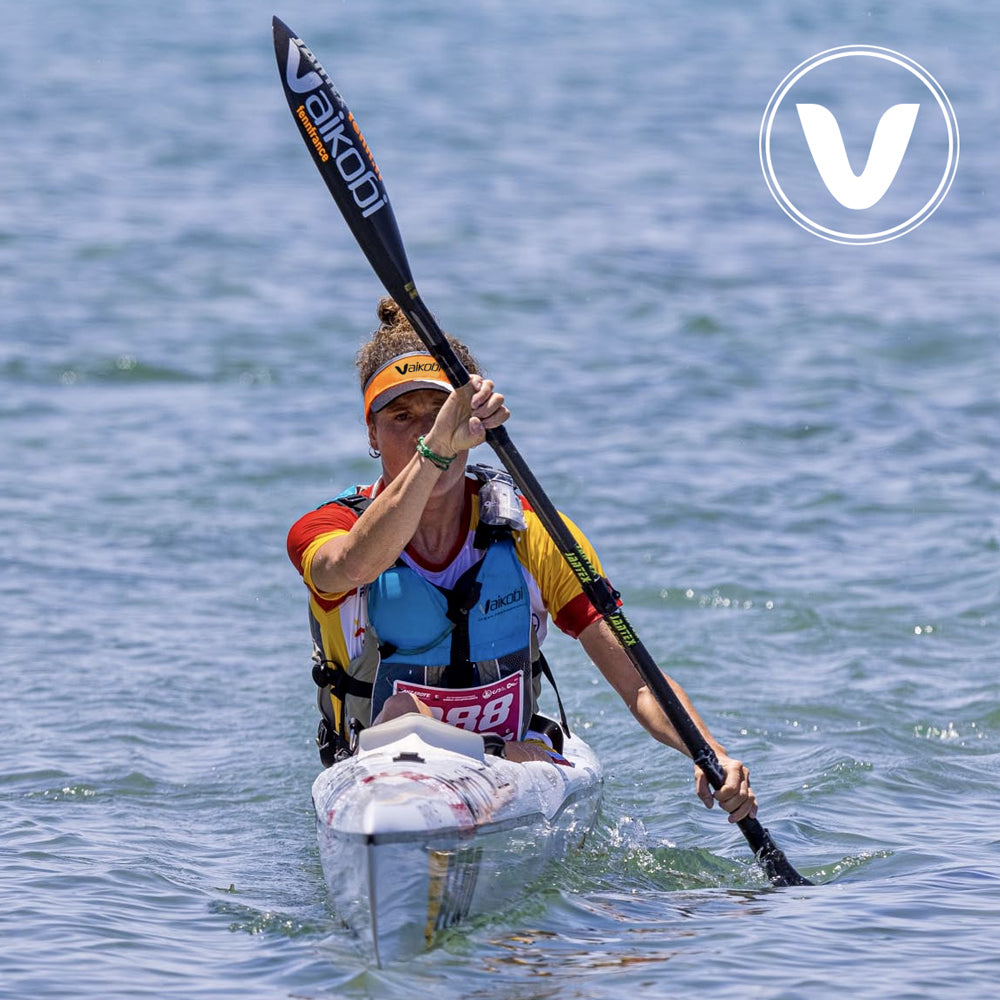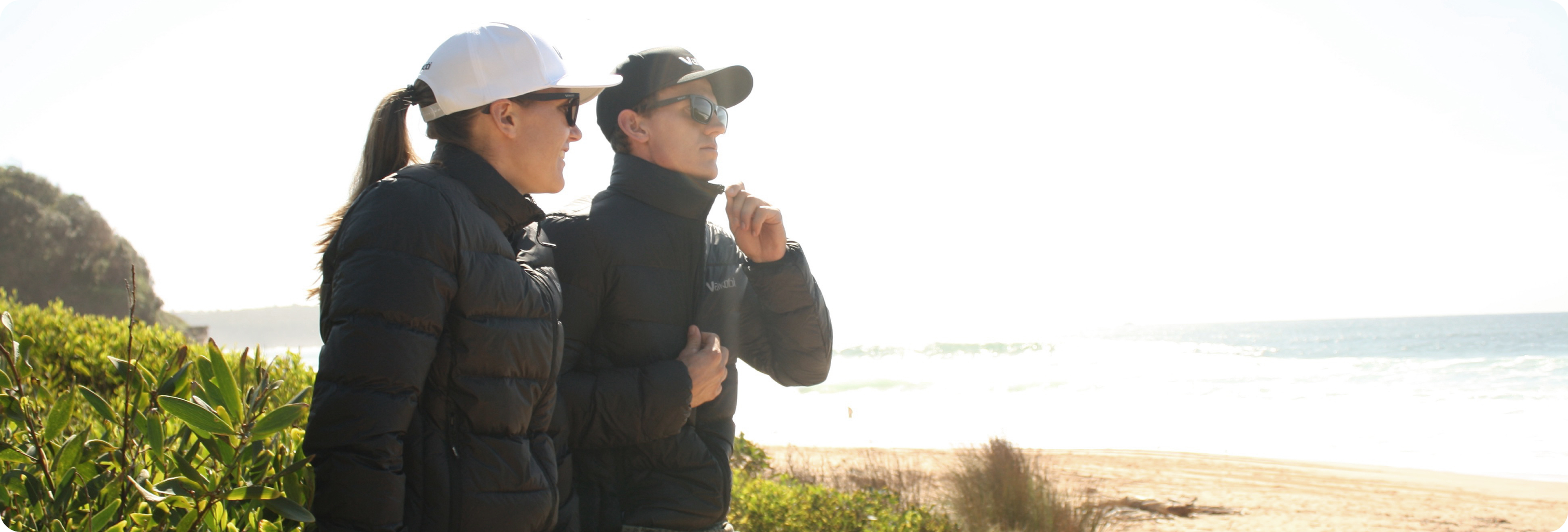A day out on the water can turn tragic without proper precautions, especially when it comes to life jackets. Statistics show that a majority of drowning and boating accidents occur due to the absence of life jackets. In Australia alone, around 267 people drowned in 2019, and 29% of those fatalities were related to boating incidents. Furthermore, the Australian Maritime Safety Authority states that 82% of all boating fatalities occurred because the victims were not wearing a life jacket. So do kayakers need life jackets in all situations? Let's find out.
As per the legal requirement, it is necessary to wear life jackets in certain situations for safety purposes. Unfortunately, individuals often opt out of wearing them due to their inconvenient size, discomfort, and young children's objections to keeping PFDs on and zipped up. When faced with a critical situation where one's life is at risk, concerns such as discomfort and bulkiness become trivial in comparison to the potential danger.
In Australia, the requirement for wearing life jackets differ depending on which state you're in. Don't forget to wear a life jacket when kayaking alone in New South Wales to keep yourself safe and follow the law. Additionally, all vessels must carry enough approved life jackets for every person on board, even if they are not required to be worn. If the watercraft length is 4.8m or under, everyone on board must wear a life jacket. If it's longer than 4.8m and crossing coastal bars, everyone must wear a Level 100 life jacket or higher. For those in canoes or kayaks, it's essential to always wear a life jacket, including outrigger canoes*.
Similarly, In Queensland (QLD), life jackets are required when crossing designated coastal bars in open boats less than 4.8m long, and for children under 12 in such boats. When operating a sailboard, kiteboard, canoe, kayak, or rowing vessel alone or at night in enclosed waters, including with children under 12, a life jacket is mandatory. It also applies to all persons on the vessel in alpine or open waters or crossing coastal bars at all times.
In Victoria (VIC), you have to wear a life jacket on a powered vessel up to 4.8m, when in an open area and underway. All boaters on a vessel up to 12m in length must wear a lifejacket during times of heightened risk, such as boating solo, crossing a bar, during a weather warning, etc. In VIC, paddlers including sit-on-top kayakers and jet skiers must wear a lifejacket at all times.
However, keep in mind that each situation may have its unique safety concerns. For instance, if kayaking in an area with low visibility, alone, or offshore, it's crucial to take extra precautions to ensure personal safety.
As we’ve just covered, the guidelines in Australia for wearing life jackets differ by state, but it's generally accepted that children under 12 years old wear a PFD at all times. Vaikobi specializes in water sports gear, and has a range of life jackets, including the "VX" range available in sizes for kids. These life vests have been designed to provide the utmost comfort, flexibility, and safety. They come with a soft foam inner layer that adapts to the shape of the wearer. This makes it comfortable enough for children to agree with wearing them because let’s face it, they are never too excited about it!
One common question is whether a swim vest is the same as a life jacket. The answer is no. A life jacket is also known as a personal floatation device (PFD), whereas a swim vest is not classed as one. A swim vest can assist with floating by providing buoyancy, but it's not as protective as a life jacket and is primarily made for children, who are still learning how to swim. Keep in mind that life jackets offer more safety measures than swim vests. Life jackets are designed to keep the wearer afloat and prevent drowning in emergency situations.
Vaikobi has an extensive blog on the different types of life jackets and their certifications, explaining the terms and regulations. Vaikobi also offers a range of kayak/paddle life jackets that provide maximum comfort, flexibility and safety while paddling. They also have a range of jackets designed for women and men with adjustable straps, breathable materials, and pockets to store essential items. Their jackets are certified to the Australian Standard 4758 and International Standards ISO 12402-5 and ISO 12402-6, ensuring that they meet strict safety guidelines.
For those looking for life jacket certifications outside of Australia, it's important to check with the relevant authorities or government sites. Some examples of international sites include the United States Coast Guard and Transport Canada.
In conclusion, life jackets are essential when engaging in water activities, especially kayaking. Laws regarding life jacket use vary depending on the state, and it's important to check the regulations and comply with them. Vaikobi offers a range of comfortable and safe life jackets suitable for a variety of water sports and activities. Vaikobi's life jackets are suitable for both professional athletes and recreational enthusiasts alike, and they are committed to providing high-quality gear that helps people enjoy their time on the water with peace of mind.

